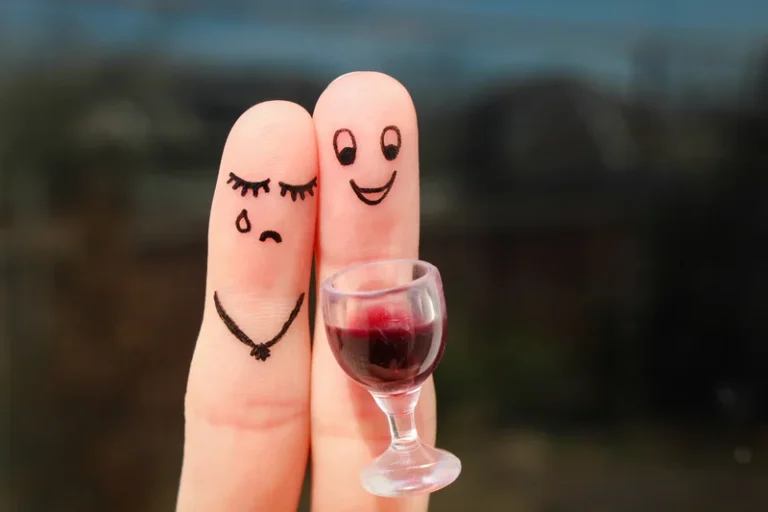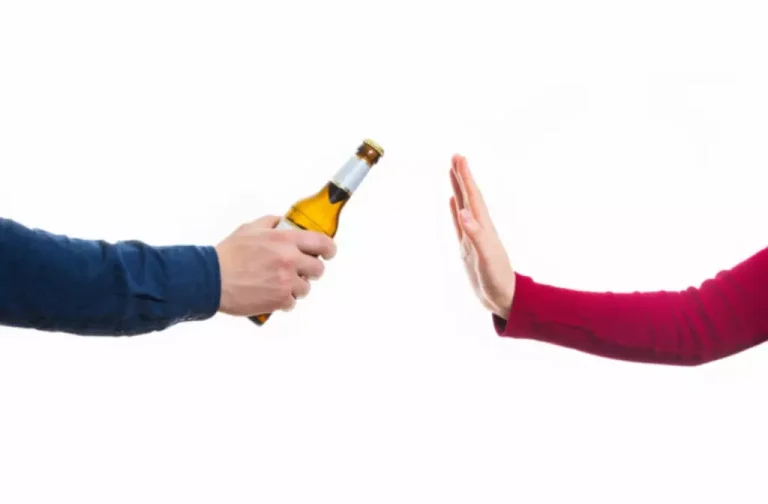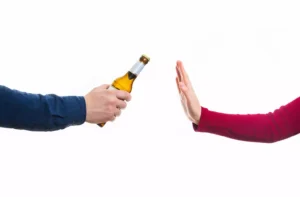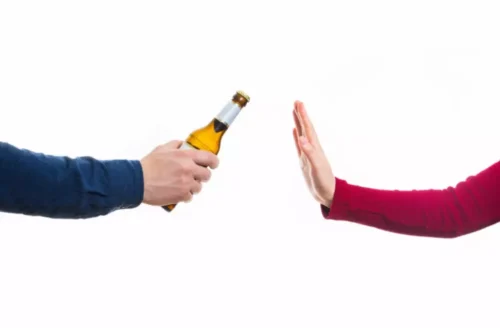What Are Relapse Triggers: Internal Vs External Relapse Triggers
Today, we’ll explore the differences between external and internalized triggers, and how each affects us. By the end of this blog, you’ll have a clearer understanding of these concepts and practical tips for managing them. Therefore, it’s essential to develop coping methods that allow you to work through your triggers without resorting to drugs. You might need to find alternative places to hang out or take time away from the family for self-care on a regular basis. Like Pavlov’s dogs, which learned to salivate when they heard a bell ringing, people with addiction learn to crave drugs as a response to certain situations.
What is Addiction Part 4: Identifying Triggers for Substance Use
Learn to recognize physical signs of reacting to a trigger, such as changes in your breathing, so that you can employ strategies to calm yourself and shift your emotional state. Your goal should be to detach yourself from the trigger, recenter, and focus on your coping strategy. Recognizing the difference between internal and external triggers is just the beginning. External triggers are all around us, often catching individuals off guard by stirring up cravings or memories of substance use.
While some people may not understand your actions, over time they will have to learn how to respect your choices. McGeehan points to a 2013 review of more than 200 studies that found mindfulness-based therapy effectively reduces anxiety, depression, and stress. However, if avoidance hinders your ability to function, you should seek help.
Our team of experienced professionals is dedicated to providing personalized care to help you stay on the path to recovery. A trigger is social, psychological, and emotional situations and events that compel an addicted person to seek their substance of choice, eventually leading them to relapse. When an addicted person uses drugs or alcohol for a prolonged period of time, it changes the brain—eventually associating certain stimuli with the desire to drink or do drugs. Awakenings Treatment Center is a holistic recovery center that teaches clients how to develop lifelong skills to help them maintain sobriety.
Internal and External Triggers: 13 Examples of Each
Attending therapy is also a good way to help with processing internal triggers. By attending therapy sessions once a week, you will be able to sit and talk with someone who can listen and provide valuable insight. Internal triggers come from within, often linked to emotions, thoughts, or physiological states. These triggers can arise suddenly and may be more sober house difficult to recognize because they stem from your own feelings or mindset. One of the best ways to avoid triggers is by recognizing what they are.
Understanding Internal and External Addiction Triggers
This ongoing fight increases their vulnerability to cravings, which may result in a potential relapse. Sometimes, it’s necessary to distance yourself from friends who still engage in substance use to avoid being tempted or triggered by their behaviors. Additionally, setting boundaries with individuals who may enable or have codependent relationships can protect your sobriety and promote a positive support system.
Internal vs. External Addiction Triggers: What’s the Difference?
External triggers are often easier to identify, as they stem from our environment and interactions. They’re the emotions, thoughts, and memories that unconsciously drive our actions and reactions. Uplift Recovery Center provides you with recovery in a loving, professional environment. Writing down potential triggers can help you more easily avoid them. In these cases, a trigger is anything that prompts an increase in or return of symptoms.
Internal triggers are emotional and psychological responses that come from within, often sparking cravings or even relapse during recovery. Users in recovery can ask themselves some questions to help them understand their internal thoughts and feelings. Mental relapse, or relapse justification, is the continuous fight between wanting to use and knowing you should not use. Individuals often underestimate the dangers of situations and fall into the trap of single-time use.
Understanding what triggers you to relapse and having a plan in place for these triggers are your first steps toward prevention. External triggers involve conditions or environments that can prompt substance use. They are external factors or situations that remind one of past behaviors. Internal triggers refer to emotional or psychological states that evoke thoughts or cravings related to substance use. They originate from within and are often linked to personal feelings or memories.
Common external triggers include:
The best way to avoid these https://yourhealthmagazine.net/article/addiction/sober-houses-rules-that-you-should-follow/ triggers is by creating a structured routine that keeps you busy without feeling stressed. A healthy routine includes a strong support system, a sober living environment, and healthy activities. Positive feelings are also relapse triggers for people in recovery.
- Up next, we’ll dive into common questions about triggers and their impact.
- These may include shutting family off, denying issues or justifying substance use.
- Sometimes there are physical things or items that create the desire to use in an individual or otherwise trigger their addiction.
- With a Master of Social Work degree, LCSW license, and extensive training in Rapid Resolution Therapy under her belt, she brings a wealth of expertise to her role.
- Talking through the trigger and enlisting someone else’s help can provide you with the motivation and assistance needed to overcome the trigger and stay sober.
Mental Health Treatment
In the context of mental health conditions, internal triggers are the cognitive and emotional cues that lead to a relapse of symptoms. For example, negative thoughts and feelings might trigger a relapse of drug or alcohol use. Stress is a potent internal trigger that can significantly impact individuals in recovery. It can stem from common sources like work, personal relationships, financial concerns, and self-imposed expectations.
Healthy ways of managing triggers allows individuals to thrive without turning to damaging coping mechanisms that can harm them or others. Identifying these internalized events requires self-reflection and sometimes professional help. Try writing down your feelings and the situations where they arise.






